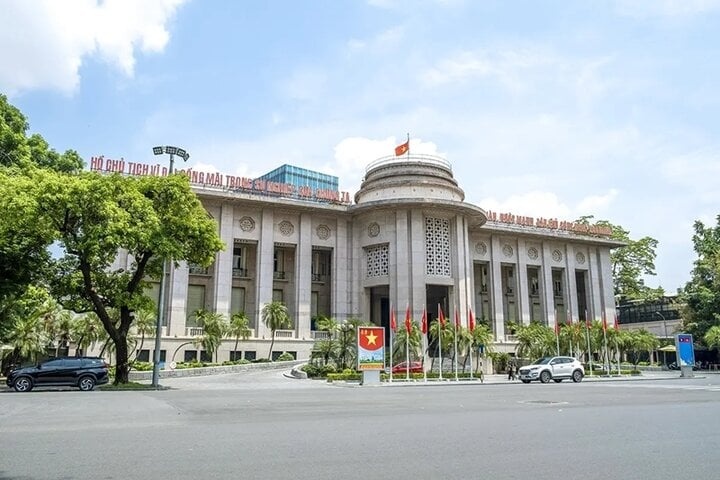Banks box clever to find depositors
 From June 11, 2012 banks’ ceiling mobilising rate was pulled down to 9 per cent per year, shedding 2 per cent against the previous level. The move showcases the government’s commitment to lessen firms’ borrowing cost and resume domestic consumption.
From June 11, 2012 banks’ ceiling mobilising rate was pulled down to 9 per cent per year, shedding 2 per cent against the previous level. The move showcases the government’s commitment to lessen firms’ borrowing cost and resume domestic consumption.
Noticeably, the ceiling mobilising rate is just applicable to under 12-month deposits, while the interest rate is left open to deposits above 12-months.
The lower mobilising rate is a challenge to banks to retain deposit flows and lure new ones.
After the rate shed to 9 per cent per year, people begin to look for more viable investment channels like the property market or hoarding US dollars instead of placing their money on bank safes, which hurt small banks. This reportedly pushed some banks into impinging on ceiling mobilising rate regulations.
On June 11, some smaller banks’ negotiable rates were reportedly pegged at 11 per cent or more per year for over VND1 billion ($47,600) deposits, 2 per cent more than regulated.
Parallel to under-the-table rate raises to deposits from one month to one year, banks also rendered diverse promotions. For instance, some banks promised depositors to buy gold bars at higher than regulated rates or gave demand deposits more attractive rates.
At Saigon Commercial Joint Stock Bank (SCB), demand deposits generate yield each day with step-up interest rate reaching 3 per cent per year (against regulated 2 per cent per year) depending on surplus amount.
State Bank former chief Cao Sy Kiem said the liquidity crunch at banks was not severe, but smaller players still found it hard to lure capital as depositors increasingly looked at other investment channels when ceiling mobilising rate now fetch just 9 per cent per year.
“Quickly sliding rates are good to firms and the economy as companies get more chances to put their hands on capital,” said Kiem.
Senior financial expert Le Xuan Nghia assumed at some point of time interbank interest rate tumbled to just 1-2 per cent, per year but some banks still mobilised at 14-15 per cent per year against regulated ceiling 11 per cent per year.
This reflected banks’ illiquidity. Hence, industry experts assumed only after central bank finalised dealing with under-performed banks would the interest rate situation be more stable.
What the stars mean:
★ Poor ★ ★ Promising ★★★ Good ★★★★ Very good ★★★★★ Exceptional
Related Contents
Latest News
More News
- Commonwealth Bank of Australia divests 10 per cent stake in VIB (October 30, 2024 | 10:50)
- Policy credit a boon to Yen Bai residents in the wake of Typhoon Yagi (October 30, 2024 | 09:00)
- Rubber firms report positive Q3 performance (October 29, 2024 | 20:01)
- Assessing gold prospects for the rest of 2024 and beyond (October 26, 2024 | 10:48)
- ACCA welcomes 116 new members in Vietnam (October 26, 2024 | 10:45)
- Public debt indicators remain in alignment with expectations (October 25, 2024 | 15:37)
- SACE and SCIC sign MoU to strengthen cooperation between Italy and Vietnam (October 25, 2024 | 11:13)
- EVN Finance signs $30 million loan package with Dutch bank FMO (October 24, 2024 | 18:07)
- Year-end credit growth driven by industrial sector (October 24, 2024 | 14:34)
- Major bancassurance deals may be at peak (October 24, 2024 | 14:28)



 Tag:
Tag:






















 Mobile Version
Mobile Version